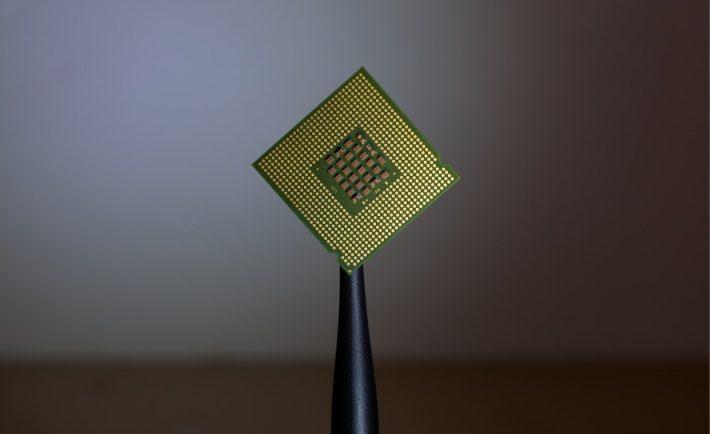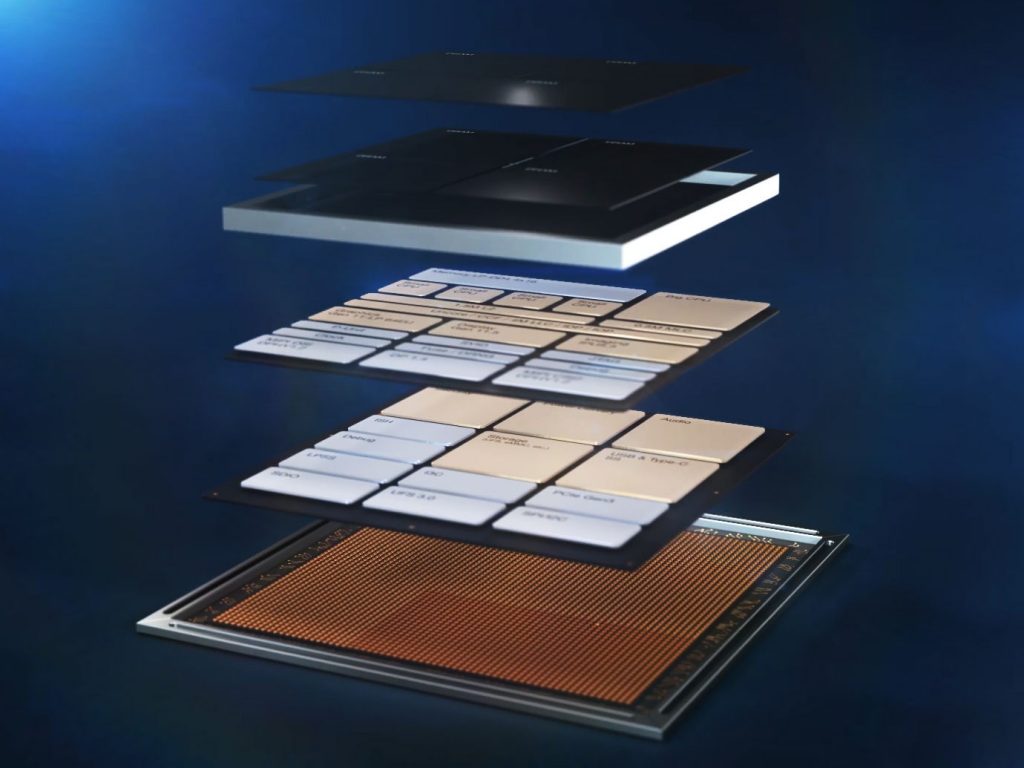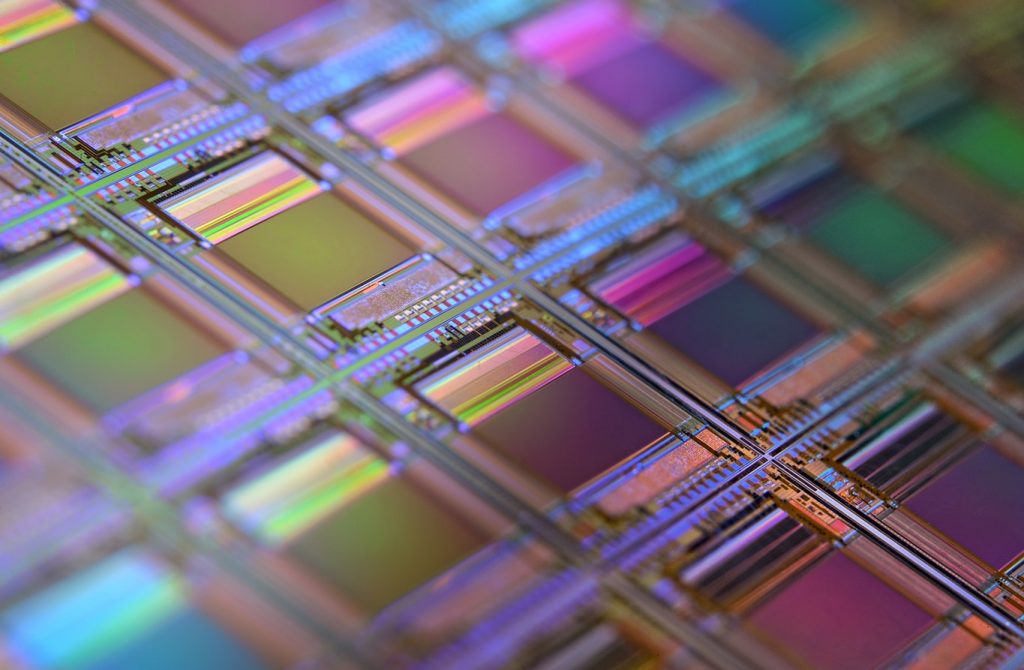
We’re used to the idea that computer performance improves every year. In fact, the process is so predictable, it even has a name: Moore’s Law.
The idea is that the number of transistors you can etch onto a silicon wafer doubles roughly every two years, leading to vast improvements in microprocessor performance over time.
When Gordon Moore can up with the concept in the 1960s, he thought it might run for a decade before puttering out. But incredibly, it continued for another fifty years, permitting the smartphone revolution and all the baggage that came with it.
The Problem With Current Silicon Technology

Now, though, 2D silicon technology is bumping up against the laws of physics. Engineers can’t make features on their chips much smaller than about 5 nanometers without running into quantum strangeness.
It all has to do with the nature of electrons. It turns out that the fundamental particles of the universe never seem to occupy a fixed position. Instead, they occupy probability clouds and only become realised when they interact with something else (sometimes called the observer in physics).
The problem with making chip features too small is that it allows electrons to hop from one part of the circuit to another, even if there is a resistor material in between. And that means that chips can’t carry out their functions properly and heat up.
Solutions To Quantum Noise

So what’s the solution?
Well, already, we see changes in PCB design from MIS Electronics and other brands. Companies are wondering whether the traditional X86 platform has much more room to grow.
But the main solution seems to be 3D integration – or making processor features three-dimensional.
This approach could potentially allow for a massive expansion in computing power. But it also presents unique challenges, such as how to actually cool these devices.
3D components might sound hopelessly optimistic, but it turns out that they’re here already. Micron, for instance, already has storage devices that use 3D solid-state components to provide faster memory access. And AMD developed graphics cards several years ago now with stacked DRAM.
The key to pushing past the current bottleneck in Moore’s law will be to discover a new computing paradigm.

That might sound like a long-shot since we’ve had silicone processor technology, but we’ve been through revolutions before. Before modern microprocessors, we had standalone transistors, and before them, vacuum tubes and ticker tape.
Already, multiple companies and chip fabricators have stated that they intend to pursue new technologies. We could get graphene-based processors which would allow massive increases in clock speeds and would slot into the existing 2D paradigm. Or we could see the development of new interface layers that link all stacked parts of the chip together into a three-dimensional structure.

How this will affect task performance remains to be seen. Most software developers prefer the current single-threaded paradigm. But hardware limitations might mean that the only way to improve performance in the future is to go parallel.
Whatever happens, progress won’t come to an end. It’ll just take a different form.




